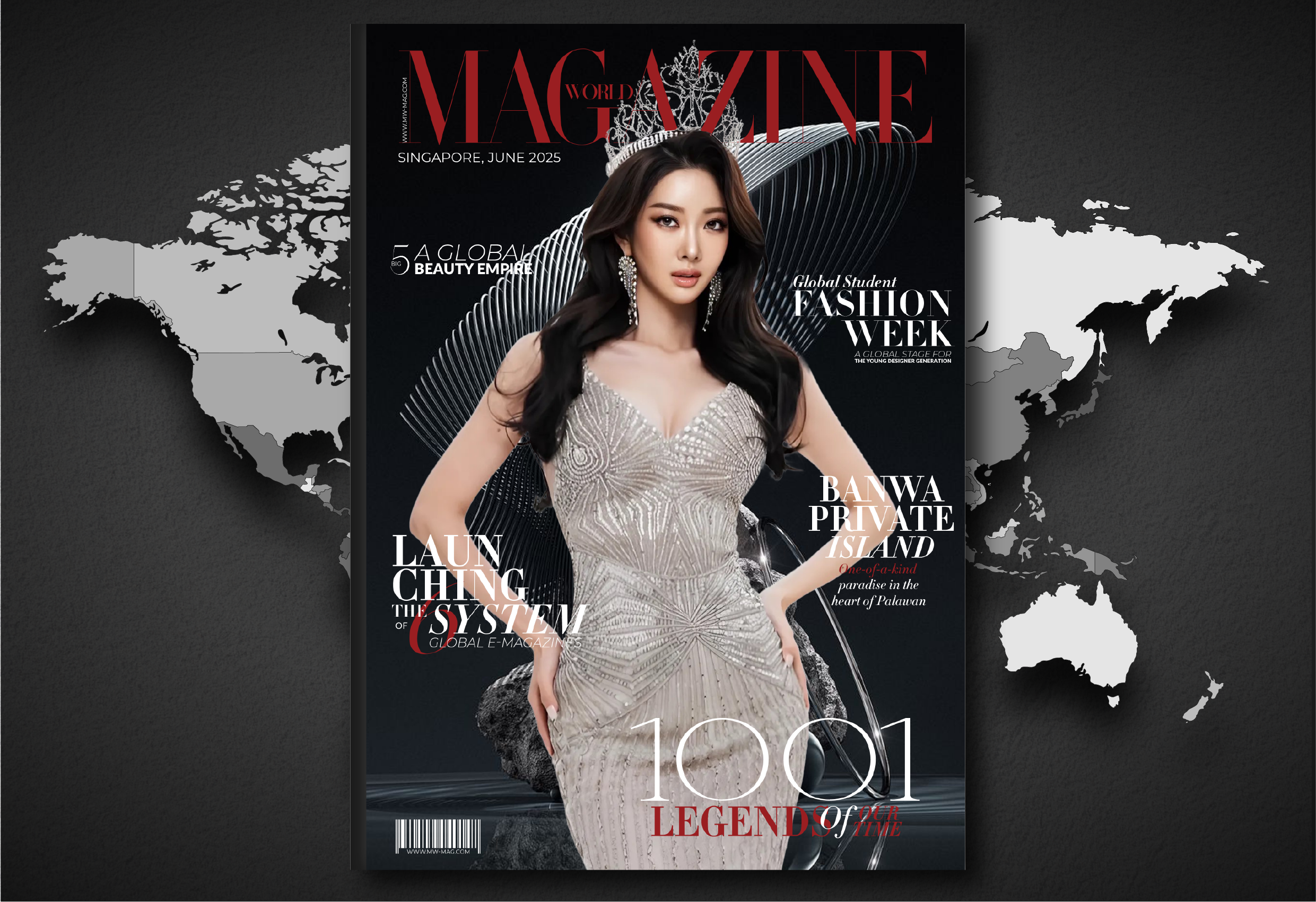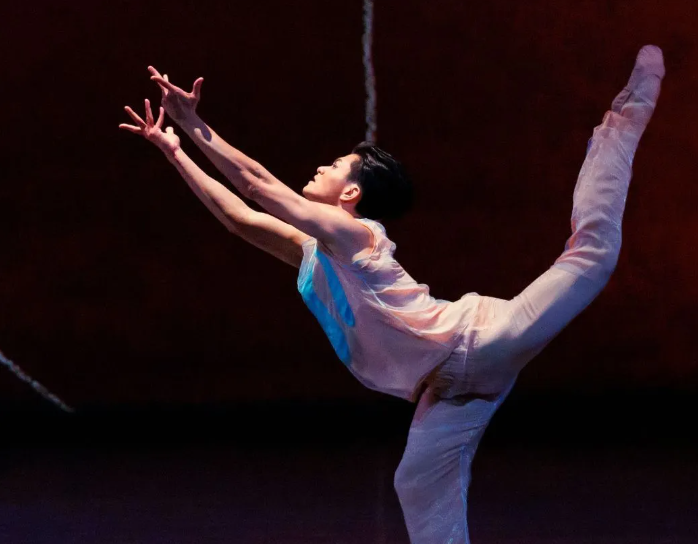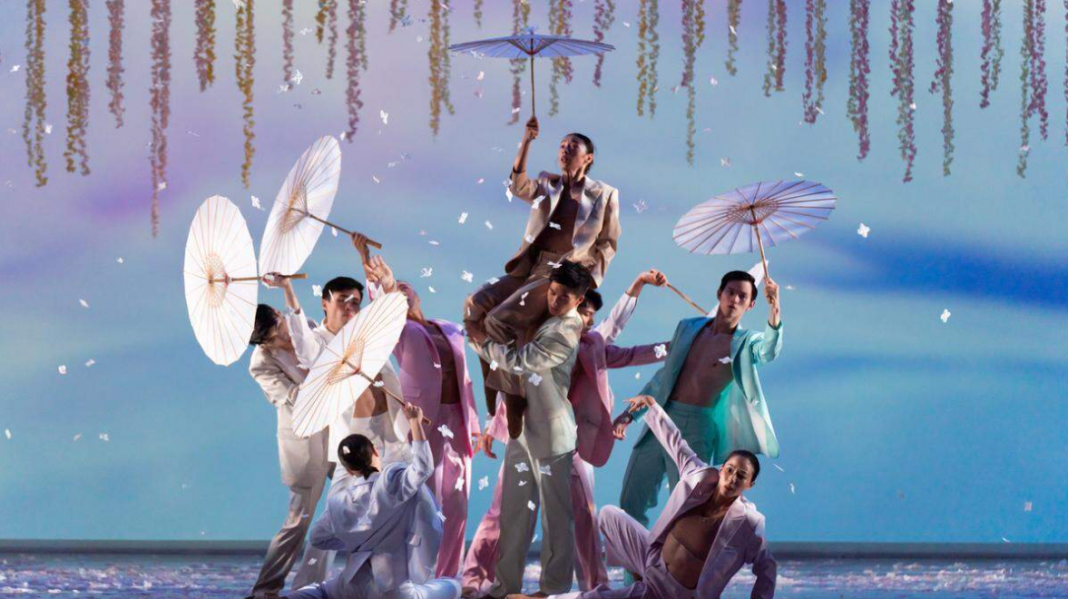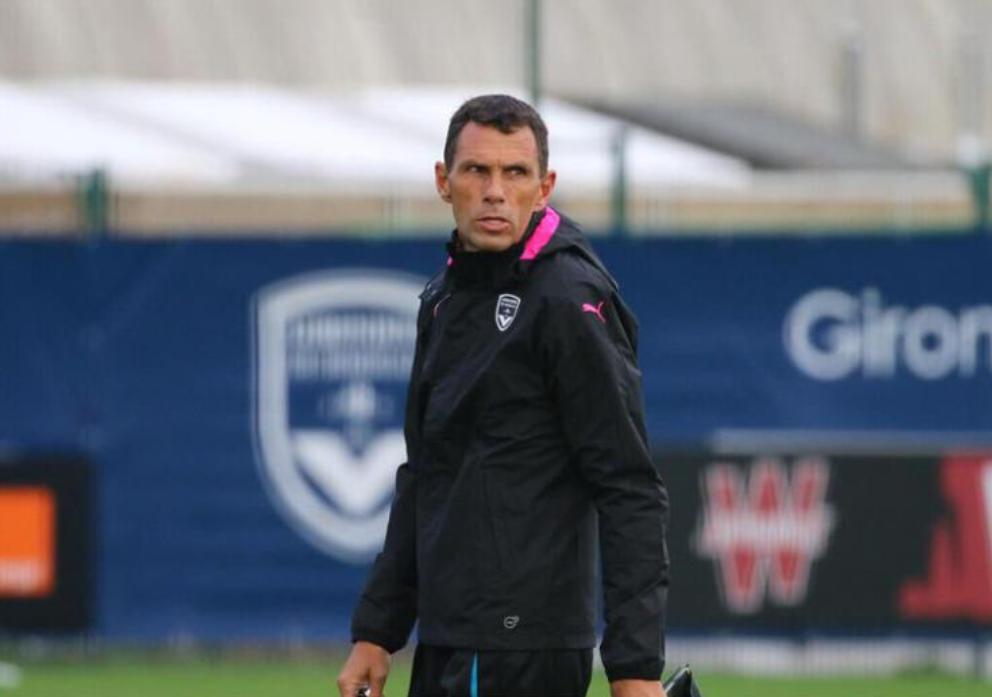The mark of a great ballet is whether it can withstand a poor performance. There is a reason Jewels or Serenade are often thought of as cast-proof. NYCB’s Contemporary Choreography I series featured two works (Alexei Ratmansky’s Pictures at an Exhibition and Jerome Robbins’ Glass Pieces) that can tolerate some less-than-perfect performances, and two ballets (Ulysses Dove’s Red Angels and Gianna Reisen’s Play Time) that received the best possible performances but still made little impact.
Ratmansky’s Pictures at an Exhibition is only 10 years old but already a modern masterpiece. It’s an ensemble piece of 10 dancers. As is usual with Ratmansky, it mixes whimsical humor with drama. The feeling is one of community. Dancers sit on the floor and watch each other and smile. They gather together as a group. You feel warm and included just watching them. The colorful backdrop of Wassily Kandinsky’s Color Study Squares with Concentric Circles adds to the aesthetic appeal of the work.
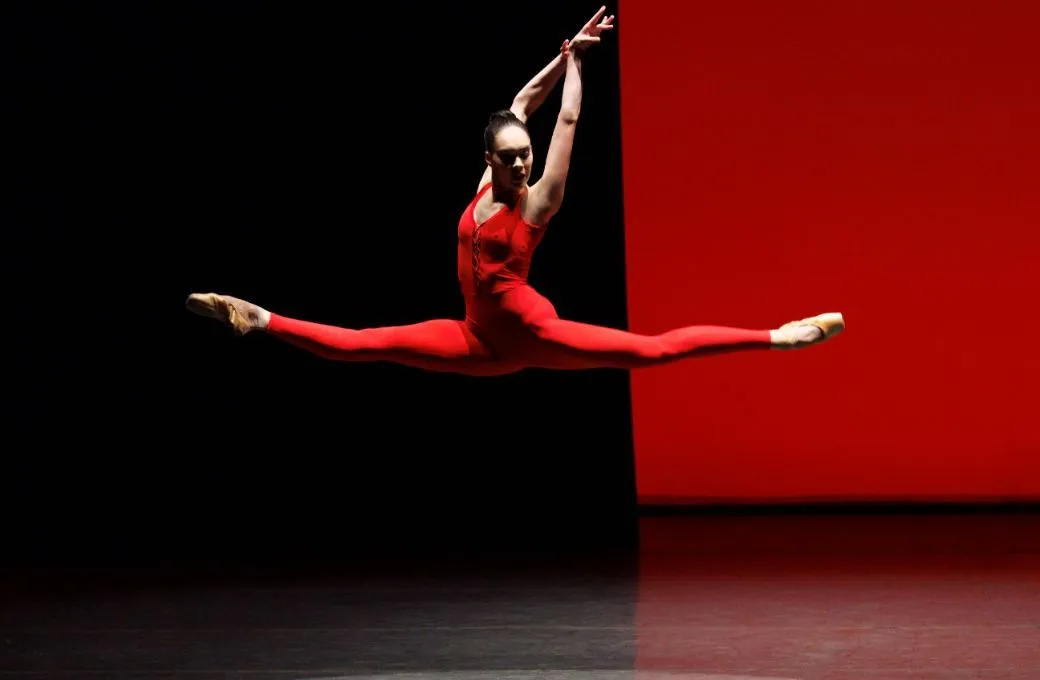
With that being said, last night’s performance was not as polished as I’m used to seeing. It was a very new cast with four debuts. Some of the debuts were great. Emma von Enck was effervescent in the jumpy Tuileries solo originated by Tiler Peck. Von Enck already has a lighter, more humorous touch than Peck. It wasn’t a debut, but Mira Nadon in The Gnome (originated by Sara Mearns) was quirky, off-balance and thrilling. Anthony Huxley’s Promenade solo also showed off his impeccable classicism. Unfortunately, the long Old Castle pas de deux between Alexa Maxwell and Tyler Angle was marred by a botched exit lift, and the Promenade pas de deux between Olivia MacKinnon and KJ Takahashi (another debut) had more partnering problems. Overall, the performance lacked the cohesion of some past performances.
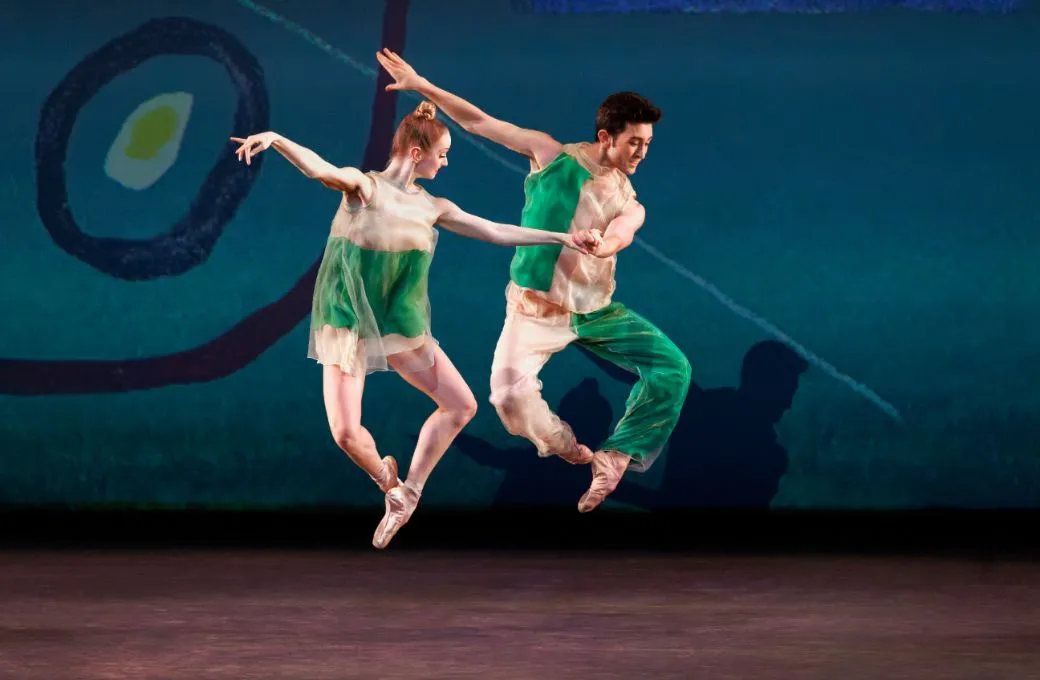
The middle part of the program was poorly thought out. Ulysses Dove’s Red Angels and Gianna Reisen’s Play Time are both short ballets that make almost no impact. Red Angels at least has a catchy score played on an electric violin, and the cast (Mira Nadon, Adrian Danchig-Waring, Domenika Afanasenkov and Joseph Gordon) looked gorgeous in their red unitards. Play Time has a meandering score by Solange Knowles, even more meandering choreography, and the costumes by Alejandro Gómez Palomo are these hideous, bedazzled 80s power suits with huge shoulder pads. Worst of all, the ballet is only 12 minutes but seems interminable. The middle pieces just came across as filler.
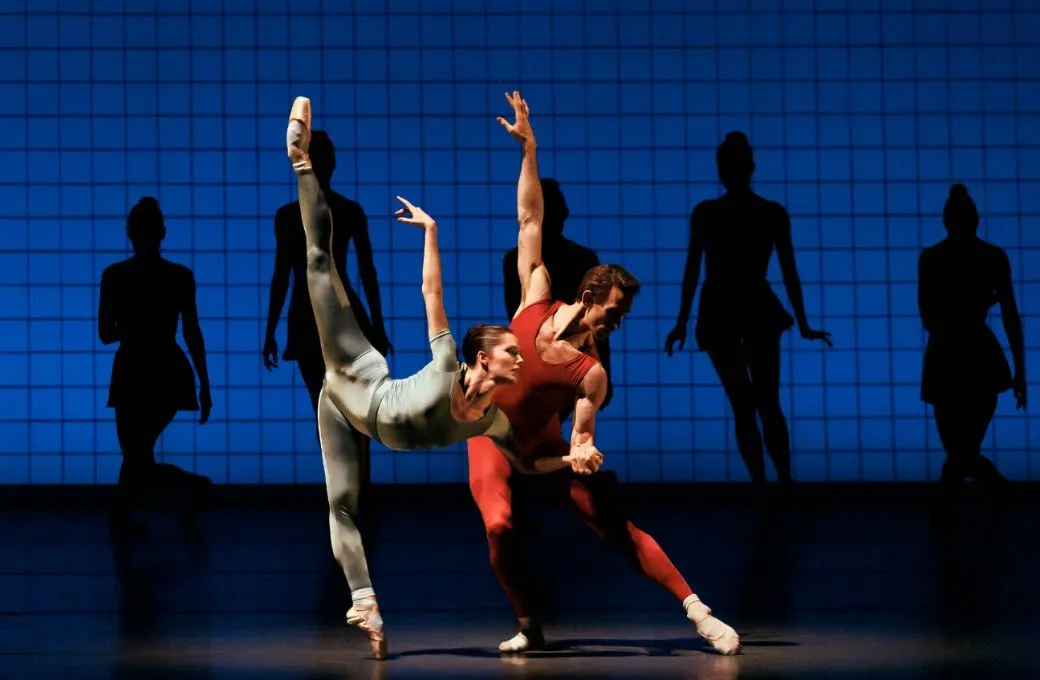
Luckily, Robbins’ Glass Pieces is almost cast-proof. The first section (“Rubric”) mimics a busy New York intersection, with masses of people walking across the stage, all with a destination, all seemingly oblivious to everyone else. The second section (“Facades”) is a long, quiet pas de deux while a line of women in silhouette slowly cross the stage. Unity Phelan and Adrian Danchig-Waring were stellar in the pas de deux. Phelan’s bendy, flexible body, as well as a certain coolness, make this the perfect vehicle for her. The final section (“Akhnaten”) is thrilling. A percussive melody accompanies a group of corps de ballet dancers as they run and jump.
Although Glass Pieces and Pictures at an Exhibition are on the surface very different ballets, they both draw us into their world. I wish NYCB had been able to find more compelling middle ballets.



